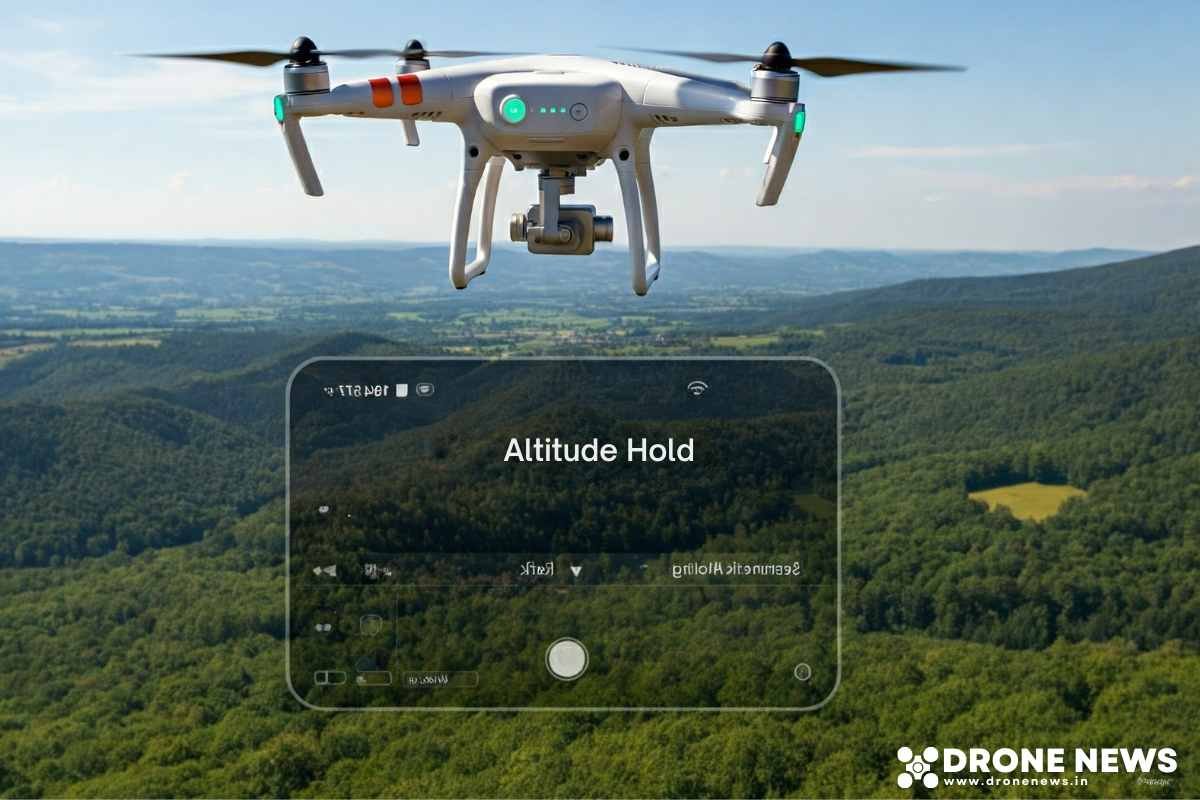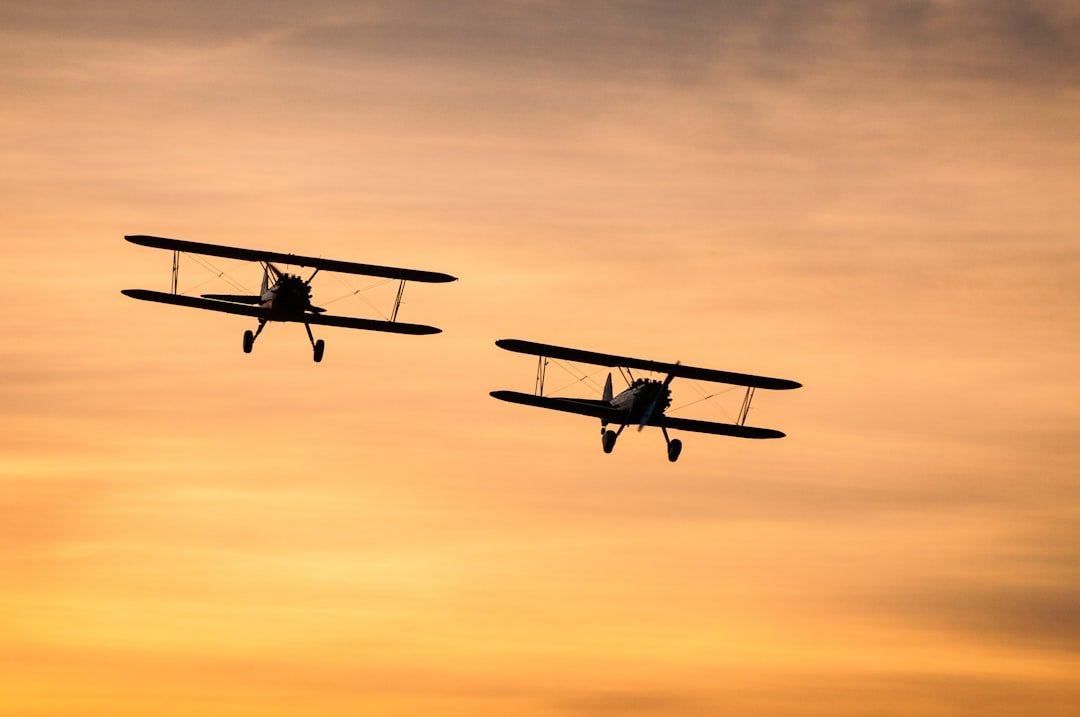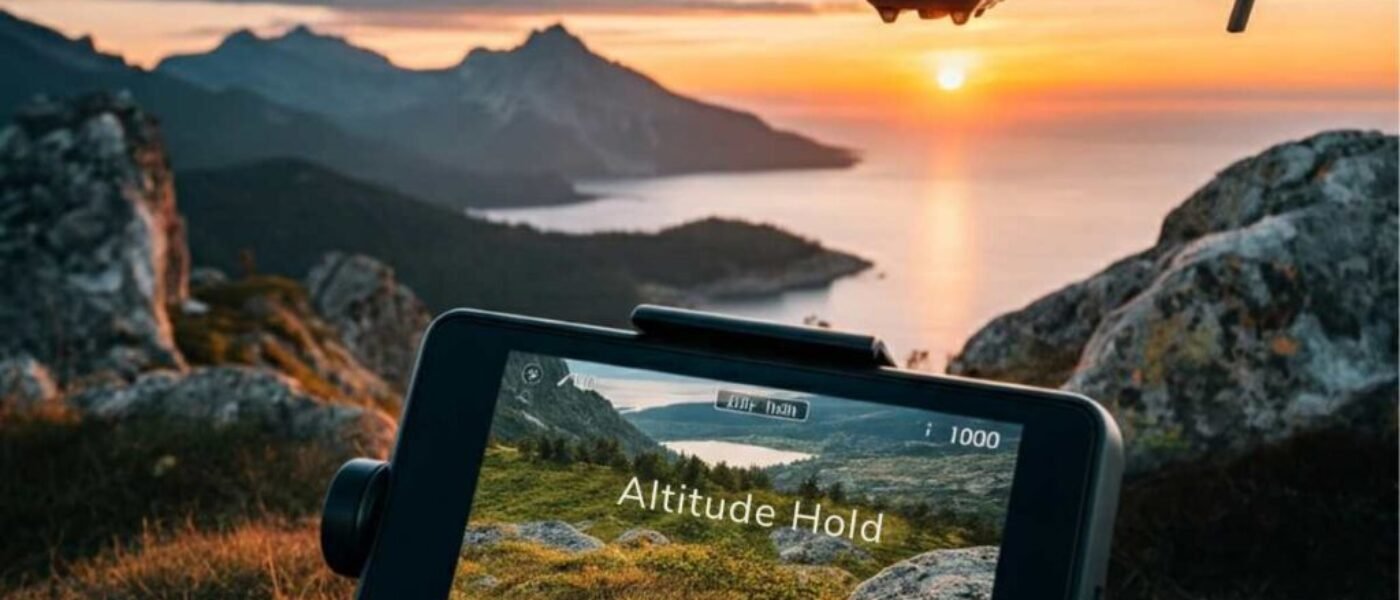Have you ever watched a drone glide effortlessly through the sky, capturing stunning shots without a hitch? This seemingly magical feat is largely thanks to a handy feature known as “Altitude Hold.” As drones have become a staple for capturing breathtaking footage, the demand for smoother, more stable flight has skyrocketed. Altitude Hold is a game-changer, especially for beginners. It allows a drone to maintain a steady height autonomously, freeing pilots to focus on capturing the perfect shot. This innovation not only makes flying easier but also enhances the quality of the footage, providing seamless aerial photography regardless of wind conditions.
How Altitude Hold Works

Principles of Altitude Hold in Drones
The marvel of a drone hovering effortlessly mid-air can be attributed to a feature known as “altitude hold.” This clever bit of tech stabilises a drone at a set height without constant input from the pilot. It works by locking the drone at a certain altitude, freeing pilots from the continuous task of maintaining height, much like how cruise control operates in a car. Once activated, it relies on built-in sensors to keep the drone steady, even in fluctuating conditions.
Sensor and Technology Involved
Altitude hold depends heavily on a blend of advanced sensors and technology. Most drones are equipped with barometric pressure sensors to measure altitude changes, continuously feeding data back to the drone’s control system. This data is used in real-time calculations to adjust the drone’s motors and keep it stable. Advanced models also incorporate GPS positioning and ultrasonic sensors to enhance altitude accuracy and improve stability, especially in challenging weather conditions. These technologies work in harmony to ensure the drone maintains its set height with minimal drift.
User Control and Automation
The beauty of altitude hold lies in its balance between user control and automation. Pilots can easily enable or disable this feature, allowing for manual control when needed. When engaged, it reduces the pilot’s workload by focusing on altitude maintenance. This automation allows users, particularly those new to piloting drones, to concentrate on other aspects like navigation and capturing breathtaking footage without fretting over altitude adjustments.
Benefits of Altitude Hold for Drones
Ease of Operation for Beginners
One of the standout benefits of altitude hold is how it simplifies drone operation for beginners. New pilots often find it daunting to manage both navigation and height control. With altitude hold, they can ease into flying, focusing more on manoeuvring their drone and less on maintaining altitude, making the learning curve much gentler.
Improved Stability and Safety
Stability is a cornerstone of a safe and enjoyable flight experience. Altitude hold significantly enhances a drone’s stability by keeping it steady, reducing wobbling and unwanted altitude changes caused by wind or pilot error. This not only makes the flight safer but also helps in planning smoother and more predictable drone paths.
Applications in Photography and Videography
Altitude hold is a game-changer for photography and videography. It allows drones to maintain a fixed position, ensuring that photos and videos are steady and free of jitter. This feature is particularly valuable for capturing scenic landscapes or performing complex shots, enabling pilots to focus on framing the perfect picture rather than worrying about the drone’s altitude. Altitude hold thus turns drones into reliable tools for creative expression, making stunning aerial photography accessible to amateurs and professionals alike.
Limitations and Challenges
Weather Impact on Altitude Hold
While altitude hold is a nifty feature for drones, it’s not immune to the whims of weather. High winds and sudden gusts can knock a drone off its balance, causing the altitude hold to falter. When this happens, the drone might struggle to maintain its hover, making it wobble or drift away. This is especially true in severe weather conditions where altitude hold can become unreliable. This challenge necessitates the pilot’s vigilance, especially when flying in less-than-ideal weather.Manufacturers are adding advanced GPS and ultrasonic sensors to help drones withstand harsh weather, but even top models like the DJI Mini 2 can struggle.
Technical Limitations
Technical constraints also play a part in the limitations of altitude hold. The technology behind altitude hold is not flawless and may occasionally struggle to perform as expected. If the sensors responsible for maintaining height encounter issues, the drone can start to descend unexpectedly. Such glitches can be nerve-wracking for pilots, particularly during crucial shots or over tricky terrain.
Manual Intervention and Troubleshooting
When altitude hold isn’t performing as desired, human intervention becomes crucial. A drone operator may need to take manual control to prevent mishaps, especially when navigating complex environments or during landing phases. Being prepared for manual overrides is integral, and having troubleshooting knowledge can save the day. This ensures that, even when tech lets you down, your drone safely lands back on terra firma.
Altitude Hold in Aviation

Autopilot Functions in Airplanes
In larger aircraft, the principle of altitude hold is integrated into the autopilot systems. Autopilots use a combination of altimeters, gyroscopes, and GPS data to maintain a steady course and altitude, freeing up pilots to focus on navigation and communication tasks. While similar to drones, these systems are far more complex and precise, designed to handle a wide range of atmospheric conditions without flinching.
Speed and Altitude Adjustments
In addition to holding a set altitude, autopilot systems in airplanes are adept at managing speed and making altitude adjustments as needed. This ensures a smooth flight experience and helps in maintaining fuel efficiency. The synergy between maintaining altitude and speed is critical for commercial flights, where safety and passenger comfort are priorities. By automatically managing these adjustments, pilots can ensure the flight remains on schedule, even when minor course corrections are necessary due to weather or air traffic challenges.
Conclusion
In summary, the altitude hold feature is a game-changer for both experienced drone pilots and beginners alike. It enhances the stability and control of drones, allowing you to focus on capturing perfect shots without constantly worrying about maintaining height. Despite some limitations, especially in unfavourable weather conditions, ongoing technological advancements promise to make altitude hold functionalities even more reliable. As such, the future looks promising for this feature, making it easier than ever for everyone to fly drones effortlessly and capture stunning aerial footage.
